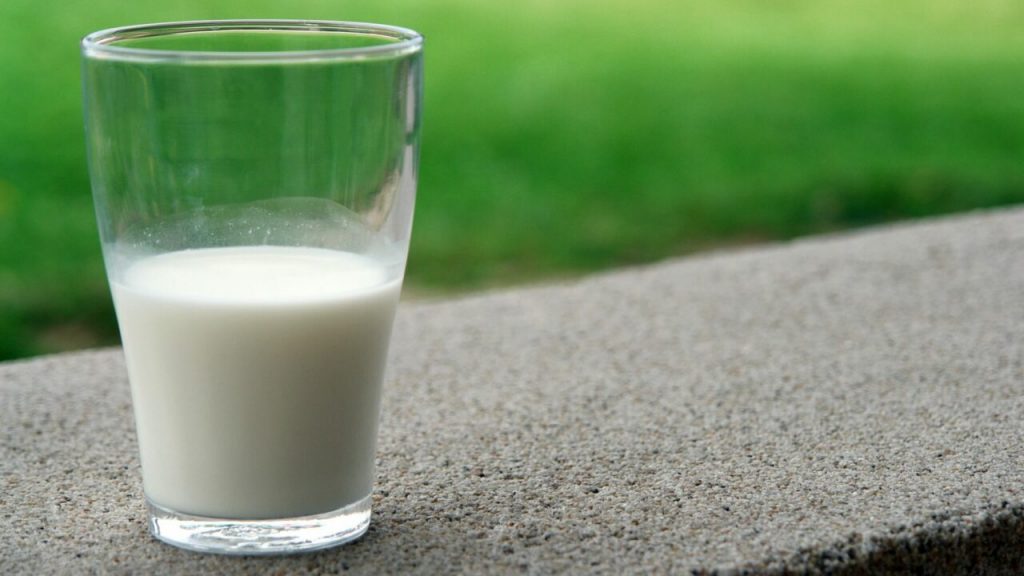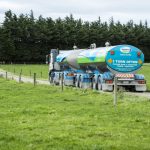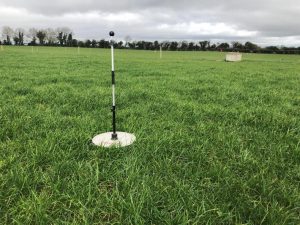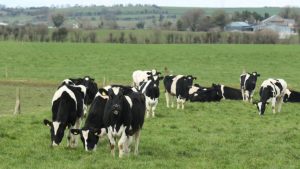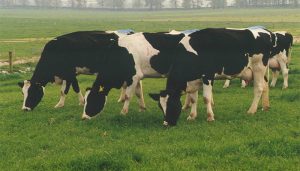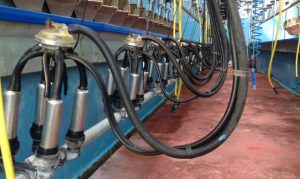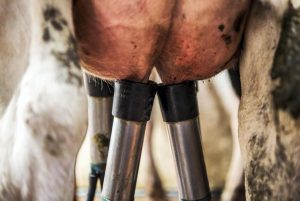
Dairy has often been portrayed as being unsustainable, but when we look into Ireland’s grass to food way of dairying, it is unfair to make this assumption, considering how much product you can get from 20kg of dry matter (DM).
Ireland is certainly producing milk in a sustainable way compared to other countries around the world, as only 10% of the global milk supply derives from grass-based systems.
Irish dairy is therefore in a unique position, with the grass-based system adding great value to the products produced.
There are a lot of discussions around milk and the carbon cost to produce it. It is often compared against other products unfavourably, as the number of different side streams that it can produce are rarely taken into account.
Not only that, but the nutritional value of all of those side streams deliver the best possible dairy product for the consumer.
Grass to food
There is no doubt that Irish grass-fed cows produce more nutritious milk, as studies have shown that milk from pasture-based systems have higher fat and protein content and improved protein quality compared with milk from a total mixed ration (TMR) system.
Researchers discovered that cows who grazed on an Irish high grass allowance diet produced milk with significantly more beneficial nutrients, compared to cows fed a medium, or low grass diet including:
- 83% increase in omega-3 fatty acids, including an improved n-3 to n-6 ratio;
- 141% increase in conjugated linoleic acids (CLA);
- Highest levels of unsaturated fatty acids (including mono- and polyunsaturated);
- Lowest levels of saturated fatty acids.
There was a Teagasc grass to food display at the Virginia Show, where they were showing what 20kg of DM from grass and concentrates would produce in terms of the different products.

At the stand, Teagasc’s Connor Fitzpatrick, Johnny McGann and Liam Kelly spoke to Agriland about the importance of milk for the consumer and the economy.
Their research looked at a cow eating 20kg DM/day and producing about 20L of milk, which would be typical production and consumption of a cow during the summer.
The average composition of the milk was as follows:
- Protein at 3.5%;
- Fat at 4.2%;
- Lactose at 4.6%;
- Mineral content at 0.7%;
- Water at 87%.
“What really sets us apart, is the effect it has on the fat fraction in particular. So like butter, cream, even more milk and cheese in particular,” McGann said.
McGann went on to talk about the milk treatment and separation process and the amount of different products that derive from just 20L of milk.
The products include:
- 2.22kg of cream;
- 1.11kg of butter;
- 2kg of cheddar cheese;
- 165g of whey protein isolate powder;
- 93g of milk protein concentrate protein;
- 50g of buttermilk powder;
- 580g of casein powder;
- 1.14kg of milk permeate powder;
- 1kg of lactose;
- 1.77kg of skim milk powder;
- 2.81kg of whole milk powder.
McGann spoke about the milk separation process: “The direction of travel off each of the streams that’s comes from milk, milk intake right through to the end products and it just gets more and more specialised.”

“As you go through each stage, you’re basically getting smaller and smaller in terms of the size of the nutrients in the product,” he added.
It is important for people to realise that milk is not like most products and it should not compared in the same light, given the amount of specialised products that derives from such a small volume of milk.
You can now read the most important #news on #eDairyNews #Whatsapp channels!!!
🇺🇸 eDairy News INGLÊS: https://whatsapp.com/channel/0029VaKsjzGDTkJyIN6hcP1K
